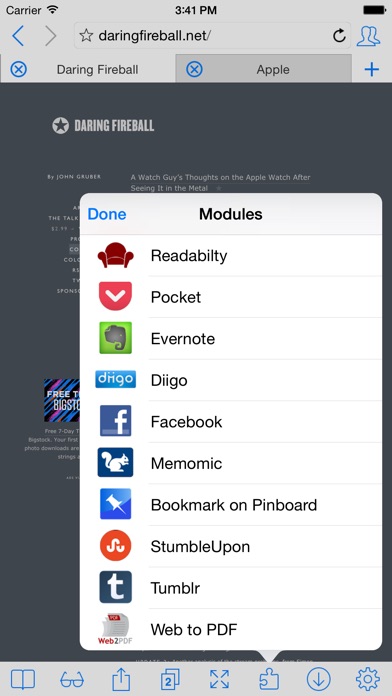Icab Mobile Web Browser Download
- Posted in:Admin
- 28/06/18
- 62

Digital Electronics With Vhdl William Kleitz Pdf To Excel. Websites re-designed for mobile screens, with sizes ranging from,, and, to, with a desktop screen shown for scale The mobile web refers to services accessed from handheld, such as or, through a or other. Traditionally, the has been accessed via services on laptops and desktop computers. However, the web is now more accessible by portable and wireless devices.

An early 2010 (International Telecommunication Union) report said that with current growth rates, web access by people on the go — via laptops and smart mobile devices — is likely to exceed web access from desktop computers within the next five years. In January 2014, mobile internet use exceeded desktop use in the United States.
The shift to mobile web access has accelerated since 2007 with the rise of larger smartphones, and since 2010 with the rise of multitouch Both platforms provide better Internet access, screens, and, or application-based user web experiences, than previous generations of mobile devices. May work separately on such pages, or pages may be automatically converted, as in. Faster speeds, smaller, feature-rich devices, and a multitude of applications continue to drive explosive growth for mobile internet traffic.
Even with all of this Safari love, I'm still just as likely to send a page to iCab because it's my utility belt for the Internet. I've already. Modules like the once great (but still functional) Quix are huge on a mobile browser since it provides additional functionality without a lot of additional widgets or buttons. Classilla isn't a typical desktop browser Classilla focuses on the mobile web and mobile sites, a better fit for our old Macs and old code. It takes a little getting. ICab Mobile is a web browser for the iPhone and iPod Touch. It is probably one of the iPhone browser. Oct 24, 2012 - 3 min - Uploaded by Mark HammonsFor this video, I decided to demonstrate how to easily download a video from the Internet and.
The 2017 Virtual Network Index (VNI) report produced by Cisco Systems forecasts that by 2021, there will be 5.5 billion global mobile users (up from 4.9 billion in 2016). Additionally, the same 2017 VNI report forecasts that average access speeds will increase by roughly 3 times from 6.8 Mbit/s to 20 Mbit/s in that same time span with video comprising the bulk of the traffic (78%). The distinction between mobile and is anticipated to become increasingly blurred, as gain direct access to the hardware of mobile devices (including and ), and the speed and abilities of browser-based applications improve. And access to sophisticated graphics functions may further reduce the need for the of -specific.
The mobile web has also been called Web 3.0, drawing parallels to the changes users were experiencing as websites proliferated. Mobile web access today still suffers from and problems. Interoperability issues stem from the fragmentation of mobile devices,, and browsers. Usability problems are centered on the small physical size of the (limits on and /operating). Despite these shortcomings, many mobile developers choose to create apps using mobile web. A June 2011 research on mobile development found mobile web the third most used platform, trailing Android and iOS.
In an article in in April 2013, Web technologist Nicholas C. Zakas, noted that mobile phones in use in 2013 were more powerful than 's 70 lb (32 kg) used in the July 1969 lunar landing. However, in spite of their power, in 2013, mobile devices still suffer from web performance with slow connections similar to the 1996 stage of web development. Lma Manager 2003 Ps2.
Mobile devices with slower download request/response times, the of over-the-air data transmission, with 'high-latency connections, slower CPUs, and less memory' force developers to rethink web applications created for desktops with 'wired connections, fast CPUs, and almost endless memory.' Further information:,, and 'Mobile Internet' refers to access to the via a cellular telephone service provider. It is wireless access that can handoff to another radio tower while it is moving across the service area. It can refer an immobile device that stays connected to one tower, but this is not the meaning of 'mobile' here. And other better methods are commonly available for users not on the move.